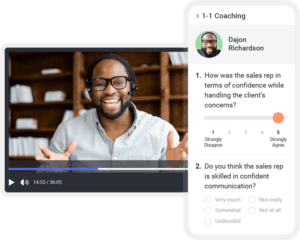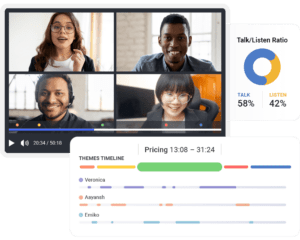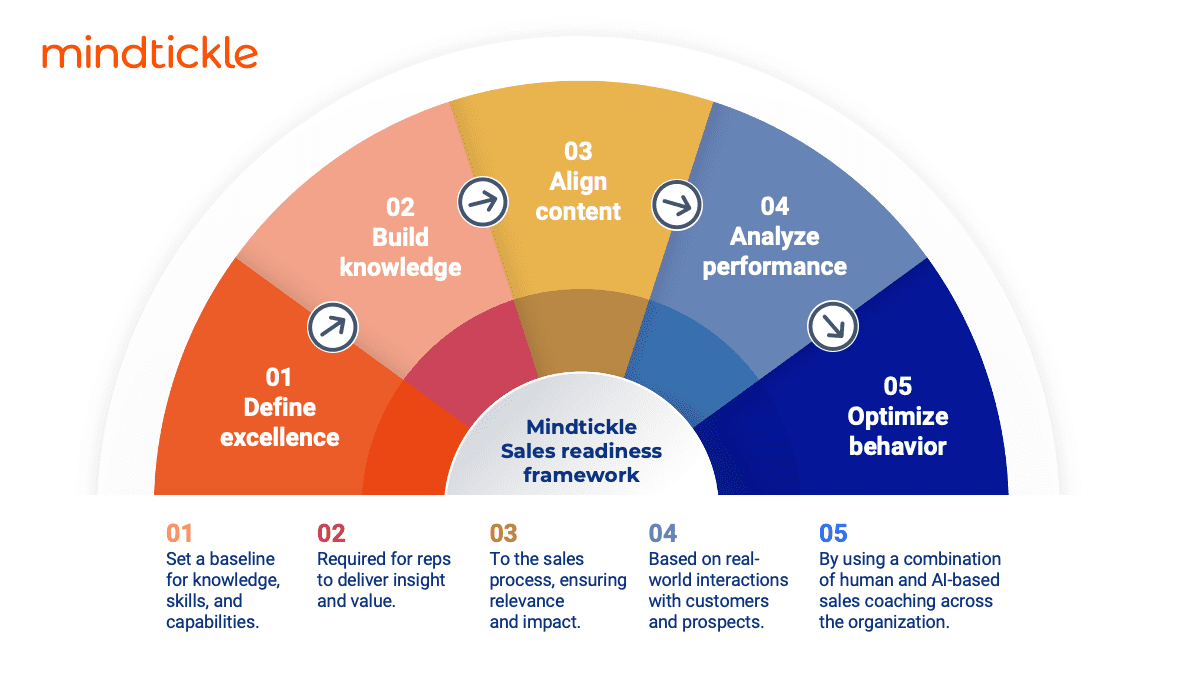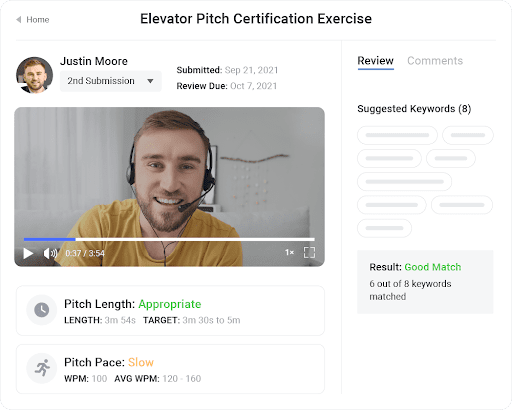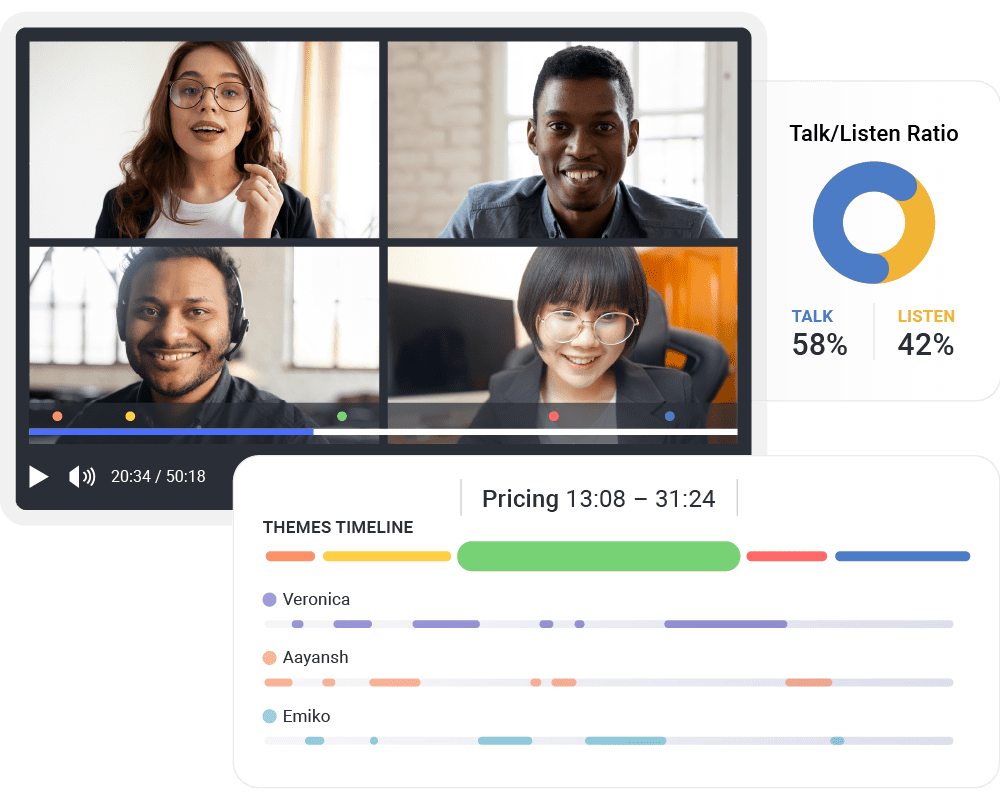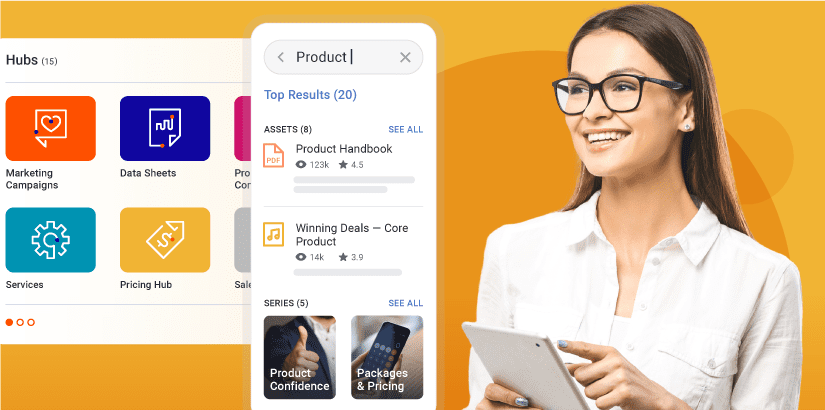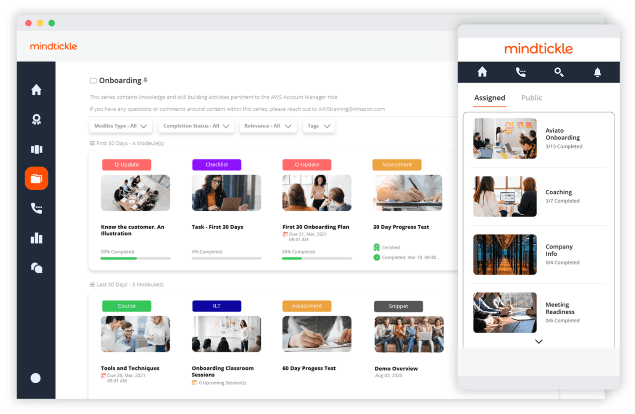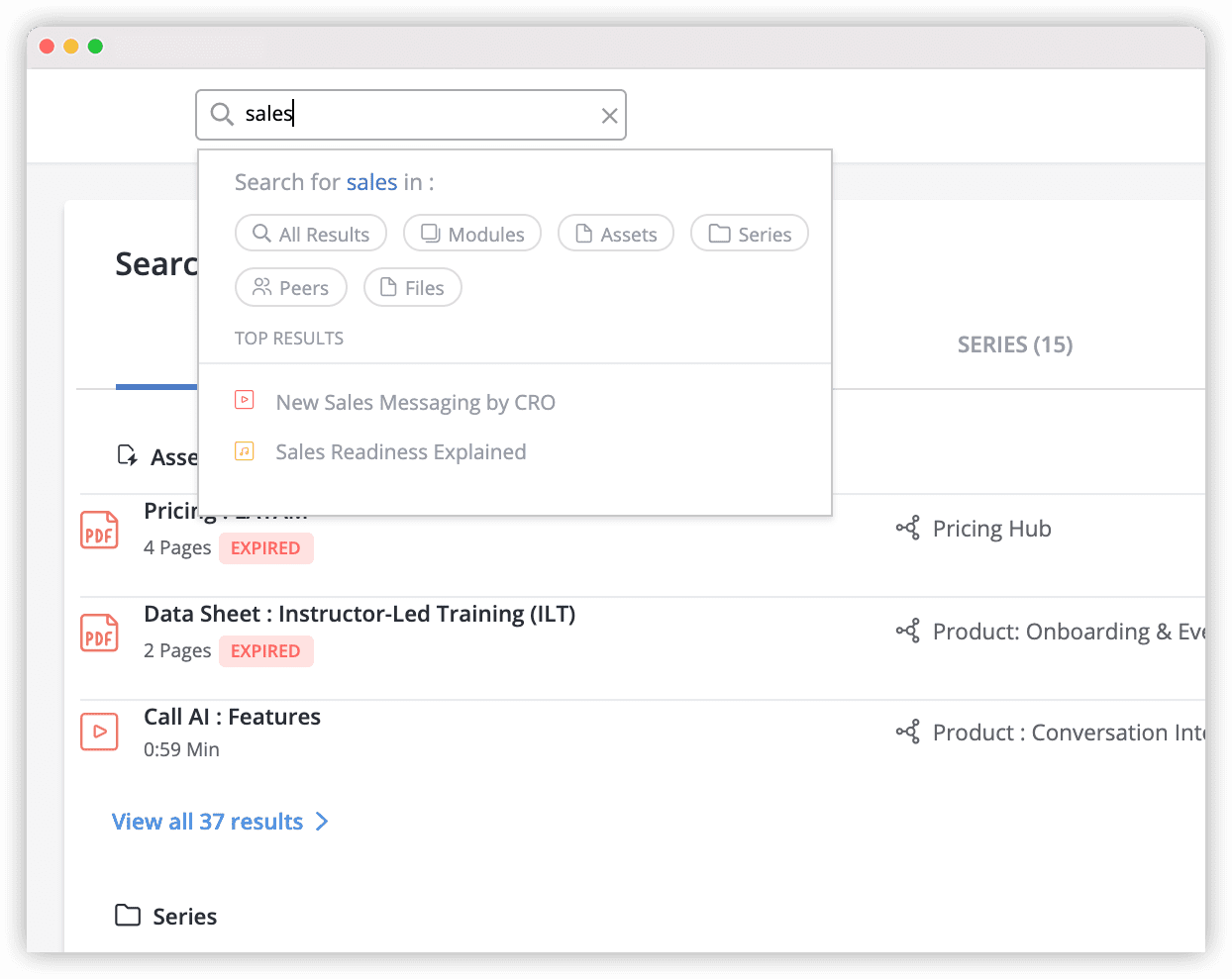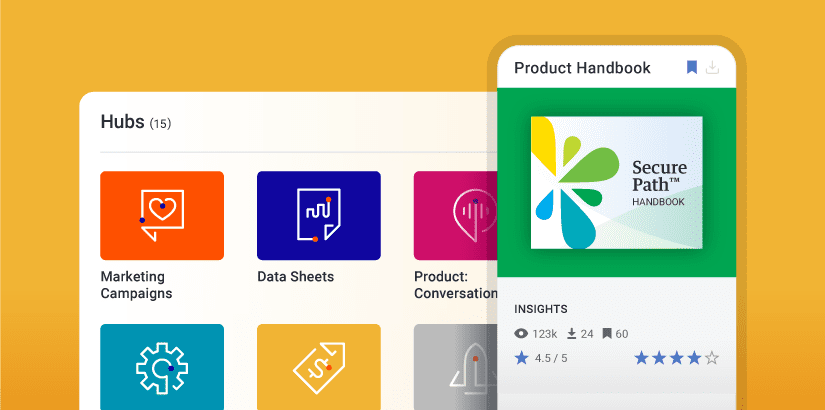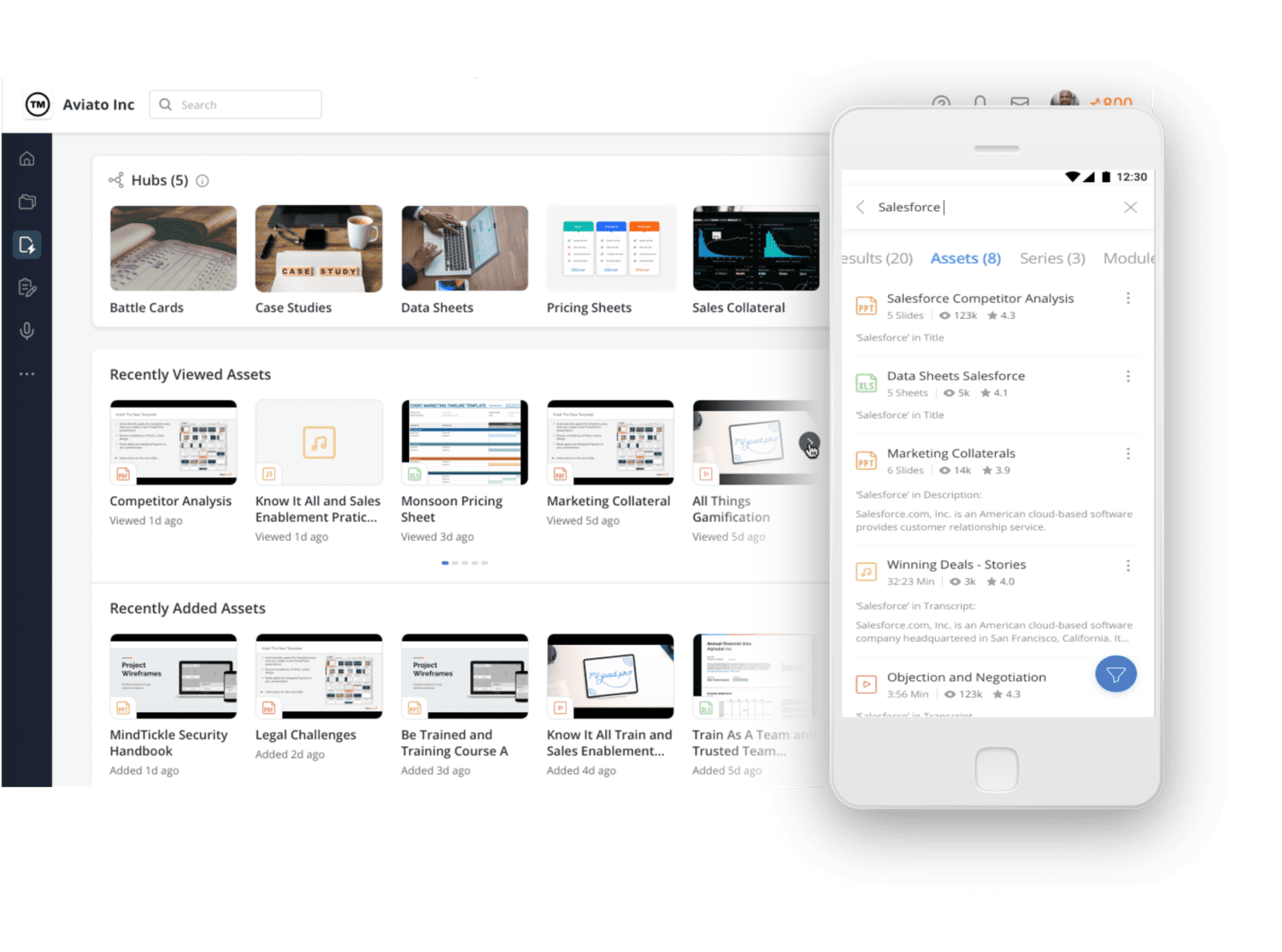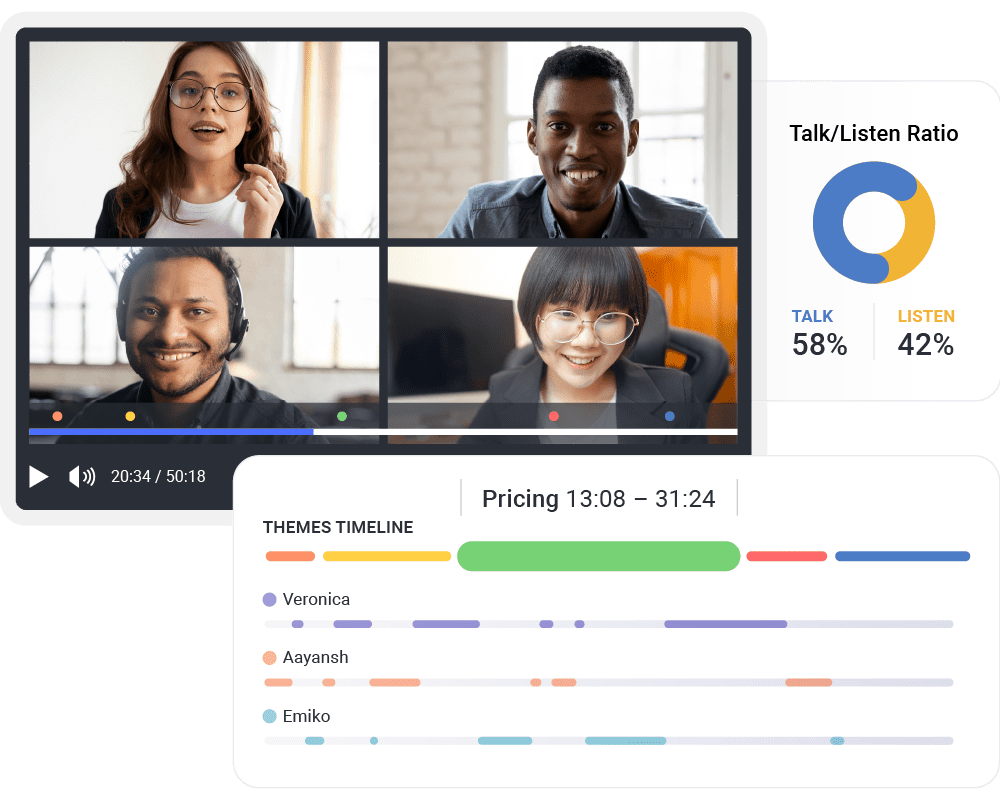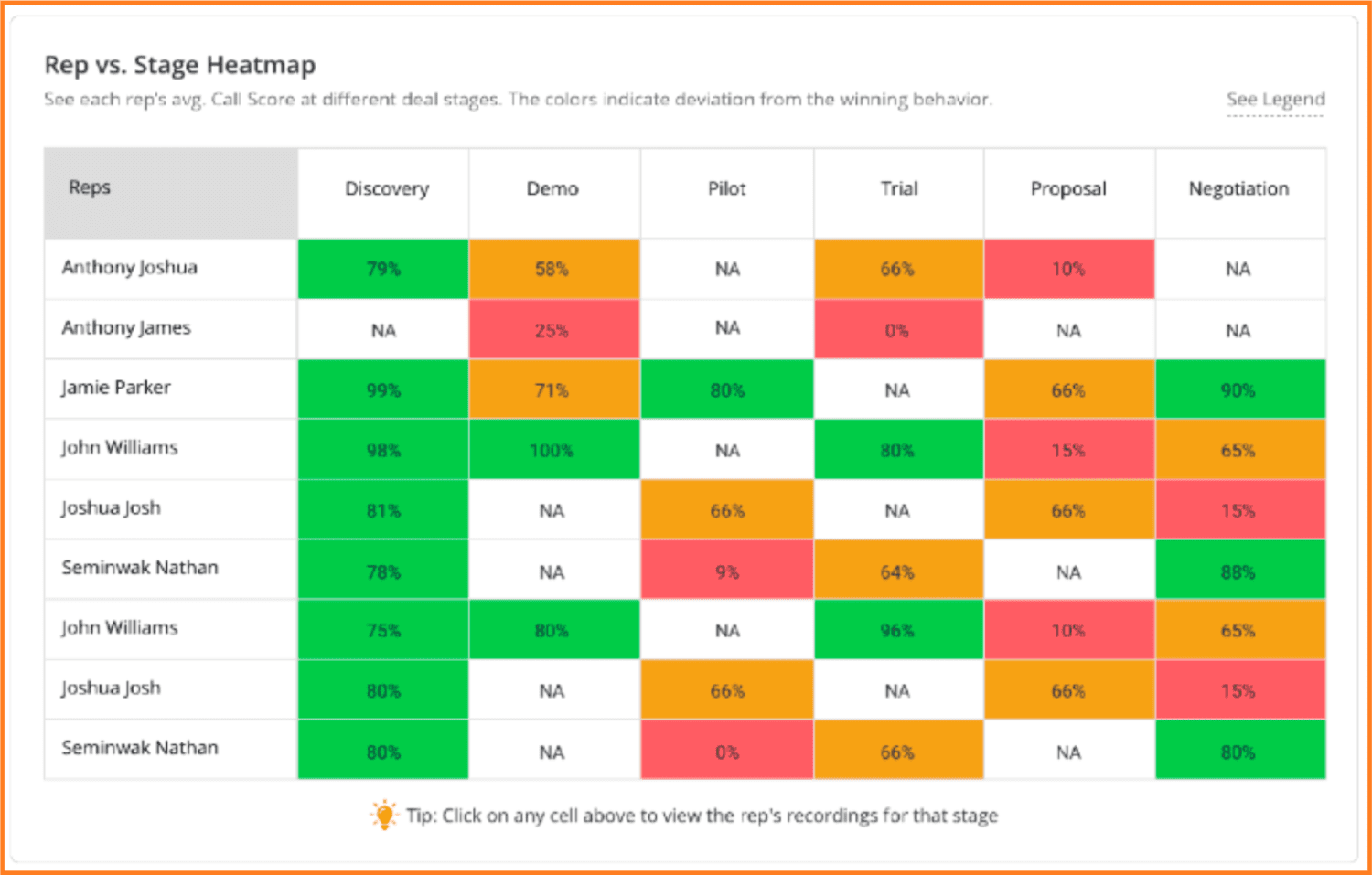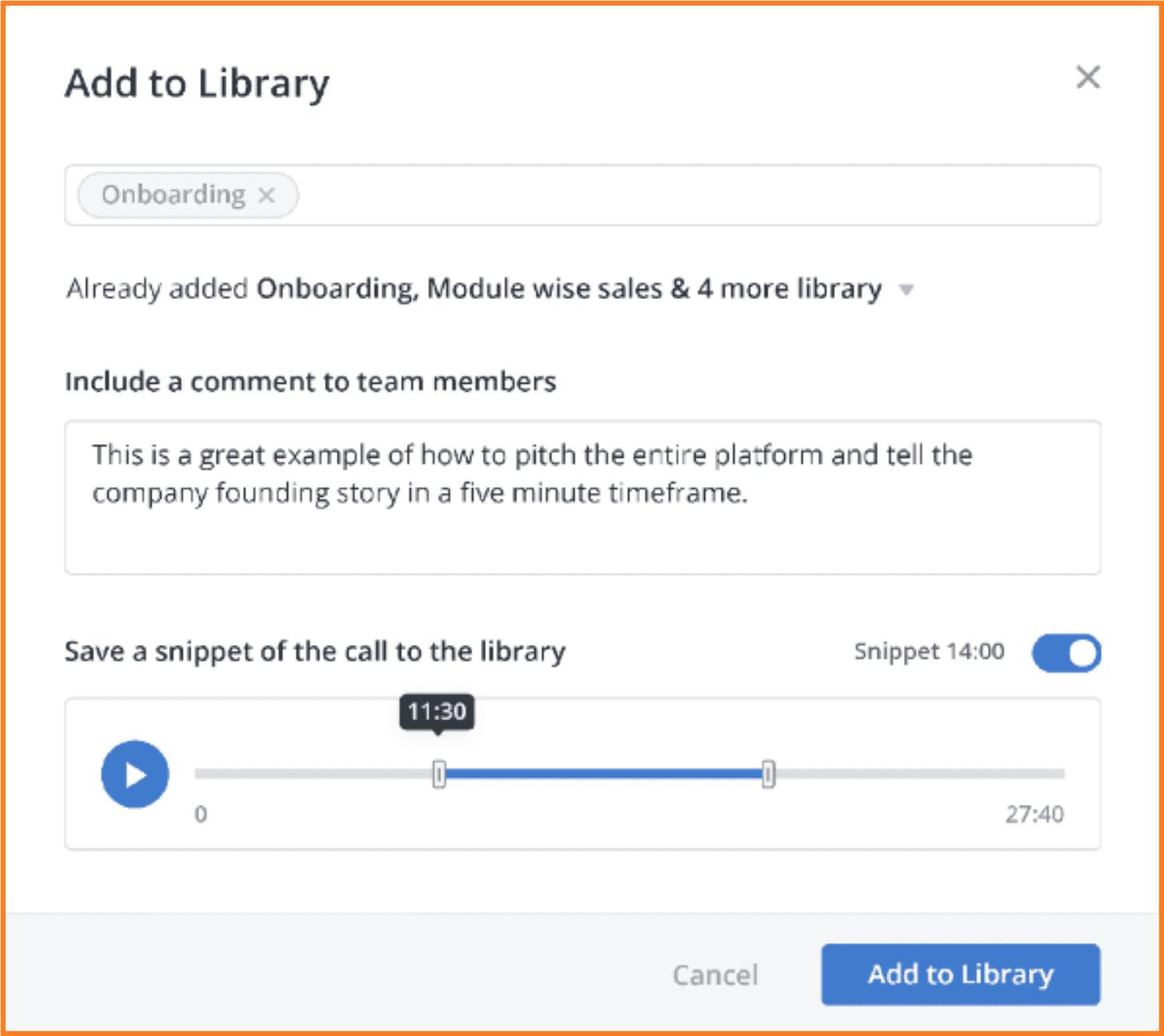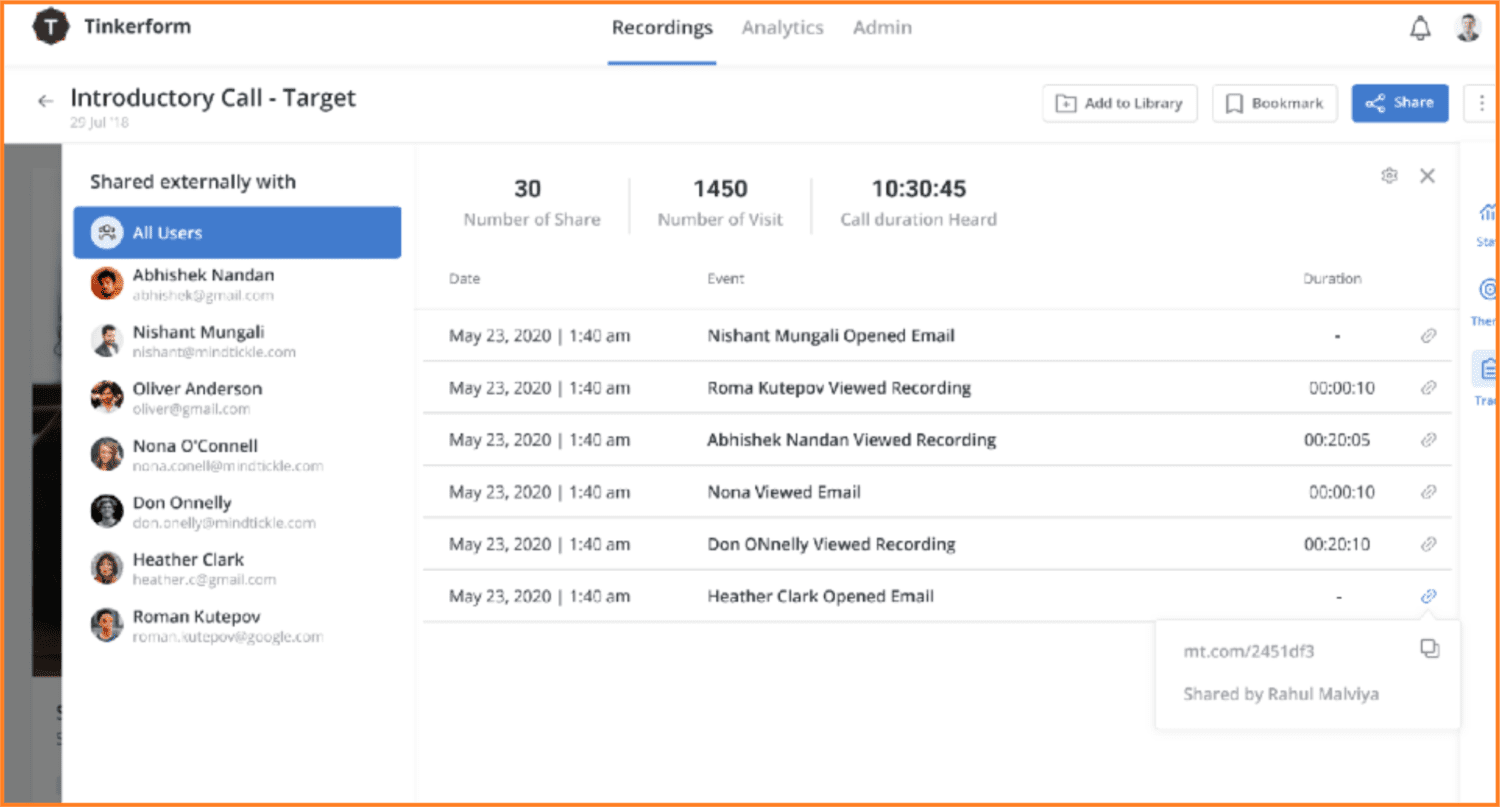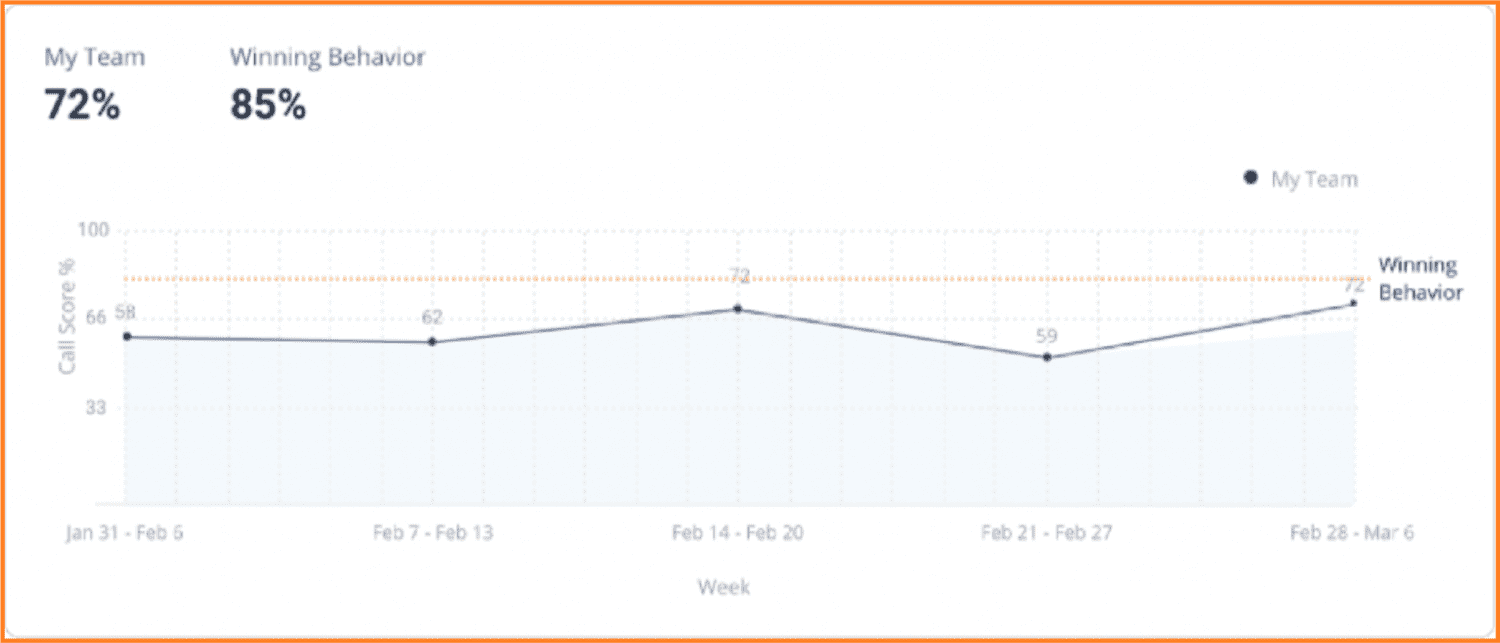How Mindtickle Builds a Sales Coaching Culture
Every company has aspirations for a sales coaching culture, where frontline managers have the time, tools, and expertise to meet the individualized needs of every revenue producer, and align instruction with company-wide goals. In practice, however, until now I’ve never worked at a company where this vision was more than a pipe dream. At most companies, reality gets in the way: managers are too busy to coach, there are no tools to support the effort, and tactical, deal-focused needs trump everything else.
But a key part of Mindtickle’s Sales Readiness Platform is the ability to deliver an effective, institutionalized approach to coaching that focuses on the competencies proven to win deals. Our Readiness team has been the beneficiary of this functionality and I thought I’d share how we use coaching internally to spark some consideration about how it would look in your organization.
First steps to building a coaching culture
I took over the team in early 2022, and one of my first aha moments was the realization that our sales onboarding focus needed to be reconsidered. We brought on a ton of new salespeople in the previous few months, but once our teams were mostly in seat and fully onboarded, I understood the need to better support them in the field. I think this is a pretty common refrain for sales enablement organizations right now: an increased focus on improving the productivity of existing teams vs. making new hires.
My second aha was coming to grips with the idea that measuring the skills of our sellers once they’re in the field was no longer easily possible when they weren’t constantly being trained, We had certain tools — role-play exercises, spaced reinforcement programs, etc. — and they were good at showing what reps knew, but that didn’t really help quantify what they did.
That’s when my team started focusing on providing support for coaching by our frontline managers. We’ve defined the competencies that make salespeople successful, and through insights from Mindtickle’s conversation intelligence solution, we can see how salespeople transfer knowledge to behaviors in the field. So we had lots of data to help with the coaching process, but we also needed to deliver a consistent, organization-wide, coaching approach.
Using Mindtickle to reinforce a sales coaching culture
That’s where Mindtickle — the platform, not the company — comes in. With Mindtickle, we can empower all of our frontline managers to provide individualized coaching for each rep, all aligned to ideal rep profiles (IRPs) we had previously defined. The coaching forms we provide managers are built to help them track the competencies that are exhibited by our most successful reps. Managers can use these forms as the foundation of bespoke coaching sessions with each seller, with three key outcomes:
- Managers and the Readiness team can track each seller’s progress against each of the competencies we track
- Based on this feedback, they can focus on coaching to the skill gaps needing the most attention, while de-emphasizing the areas where sellers demonstrate proficiency
- These coaching evaluations go directly into the Mindtickle Readiness Index, which measures competency attainment vs. business performance — so we can always see how key skills are matching up against metrics like quota attainment, time to first deal, pipeline creation, deal acceleration, and more.
The key thing about coaching, though, is that there’s still a time component. Managers always (understandably) have to focus on deals, particularly as we approach fiscal milestones. But because coaching is so closely integrated into the Mindtickle platform, managers can more easily incorporate coaching into their day-to-day jobs. For example, every conversation recorded by Call AI, Mindtickle’s conversation intelligence solution, provides access to a variety of competency-focused coaching forms that managers can use to note their observations, grade sellers against a rubric of key competencies, and even recommend content for remediation. Frontline managers can also keep coaching forms open while they’re in sessions with reps, recording their impressions, insights, and feedback as part of an existing process.
As well, sellers can easily see how they’re doing and where they need to improve. Coaching rooms, also part of the Mindtickle platform, help our reps check to see how they’ve been doing over time: where they’re making progress, and what needs improvement. So instead of all of this information having to be kept in frontline managers’ heads, it’s easily available.
For me, one of the greatest aspects of the Mindtickle platform is its ability to transform from a powerful onboarding solution into a comprehensive way to track and improve existing seller performance. That’s only possible because we can empower our managers to coach and then track the impact of their efforts against the metrics that count: revenue generation. quota attainment, time to first deal, pipeline creation, deal acceleration, and other relevant criteria.
Ready to see how Mindtickle can help you build and amplify a sales coaching culture? Set up time for a Mindtickle demo today.




